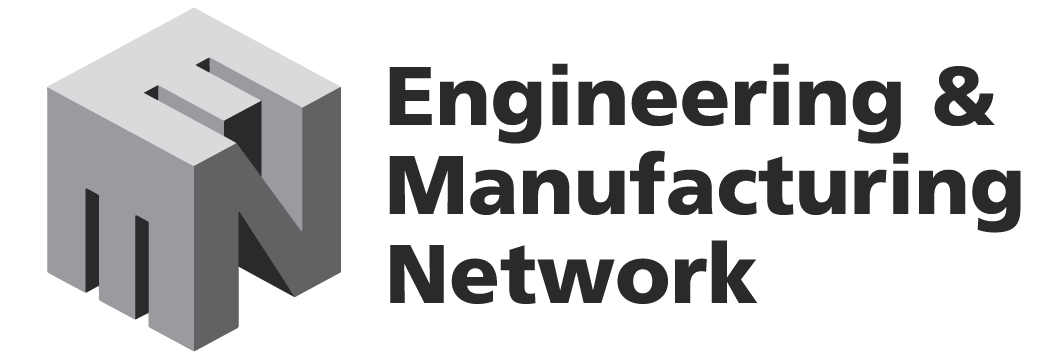If your pension has fallen in value over recent months, or your predicted income is less you had hoped for, you may presume that you cannot afford to retire.
But you could be pleasantly surprised to find you need substantially less than you thought to fund retirement. Outgoings may change more than anticipated, and with financial advice, there are plenty of tax-free allowances to make use of to build your income. Here are some considerations for working out how much you will really need.
Your spending will change
As a starting point, review your current outgoings by checking bank statements, and consider which of these you will no longer be paying for when you stop working, and which may rise. Mortgages and loans are often paid off by the time you reach retirement but, conversely, your energy bills and food costs may rise as you spend more time at home. Think about what your outgoings in retirement are likely to be, and how you
might cut any unnecessary costs. There are plenty of online budgeting tools that can help.
You will have access to tax-free cash
From age 55 you can draw your retirement income as you wish from your pension – including taking 25% from your pot as a tax-free lump sum. If you have any outstanding liabilities, such as a mortgage or other debts, this could be used to clear these and enable you to retire debt-free. However, beware of the money purchase annual allowance (MPPA) if you take an income from any of your personal pensions, beyond the tax-free cash. This reduces the amount you can still save tax-efficiently into a pension to only £4,000 per tax year, instead of £40,000. If you are unsure about how to manage pension withdrawals, an adviser can help you decide.
You will likely pay less tax
Remember that if you are no longer working, you won’t be paying income tax or National Insurance. On a £60,000 salary, for example, this amounts to a hefty £11,496 in income tax, and £5,060 in National Insurance, per year. You may also stop contributing to your pension in retirement, although rules enable you to carry on doing so, and receive tax relief, until age 75.
You can minimise tax liabilities
Your income is taxed as usual in retirement, at your marginal rate, but with careful management and advice from an adviser, you could minimise this.
You have plenty of tax-free allowances, including the £12,500 personal allowance, £2,000 dividend allowance, and £1,000 personal savings allowance (PSA) for basic-rate taxpayers – falling to £500 for higher-rate taxpayers. You may also benefit from your £12,300 capital gains tax (CGT) allowance on any profits you make when you sell assets. With some thought on how to maximise these allowances in retirement, you may
receive a higher retirement income than anticipated.
You can maximise income sources
You may have a wide range of potential income sources for retirement. These could include company and personal pensions, the state pension, ISAs, other investments, savings
and assets. By taking advice in the run up to retirement, you can work out how to turn your various assets into an income, using your tax allowances.
You have flexibility
Remember you have many options and can do as you wish with your retirement pot since the introduction of pension freedoms in April 2015. You may want some core, guaranteed income, for essentials
such as gas, electricity and food costs. Your essential income may be met in various ways: • A final salary, or defined benefit pension from an old employer; • Your state pension; • Purchasing an annuity, which is a financial product that guarantees an income for life.
The remainder of your income could come from the rest of your savings and investments. Ultimately, however, doing the sums to decide how much you need and how this can be produced may be difficult.
Seeking financial planning advice can be crucial to give you an idea of how much money you need to cover your essential outgoings, alongside maximising additional income from various assets to meet your personal retirement aspirations.
